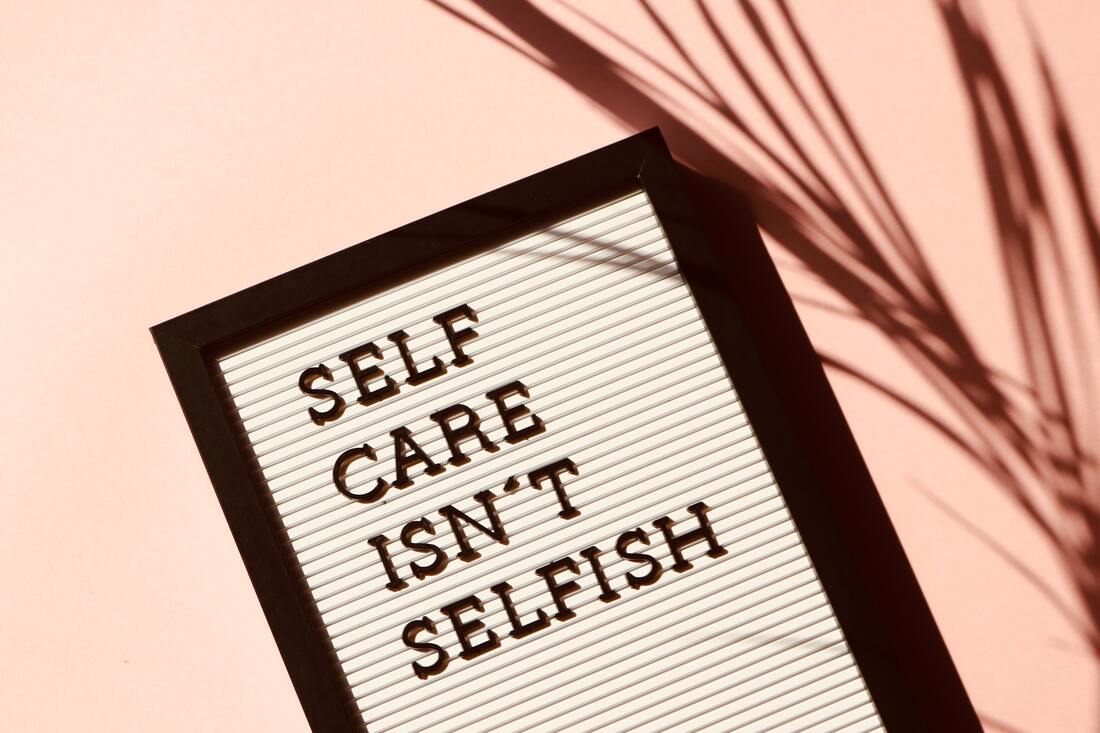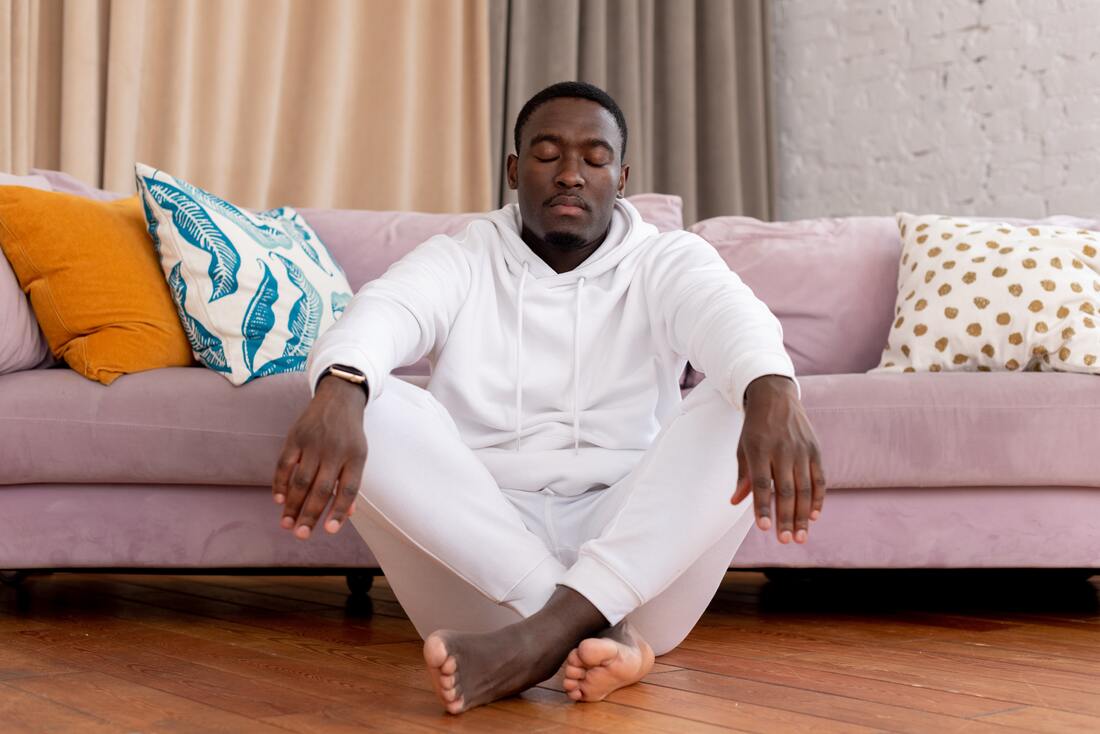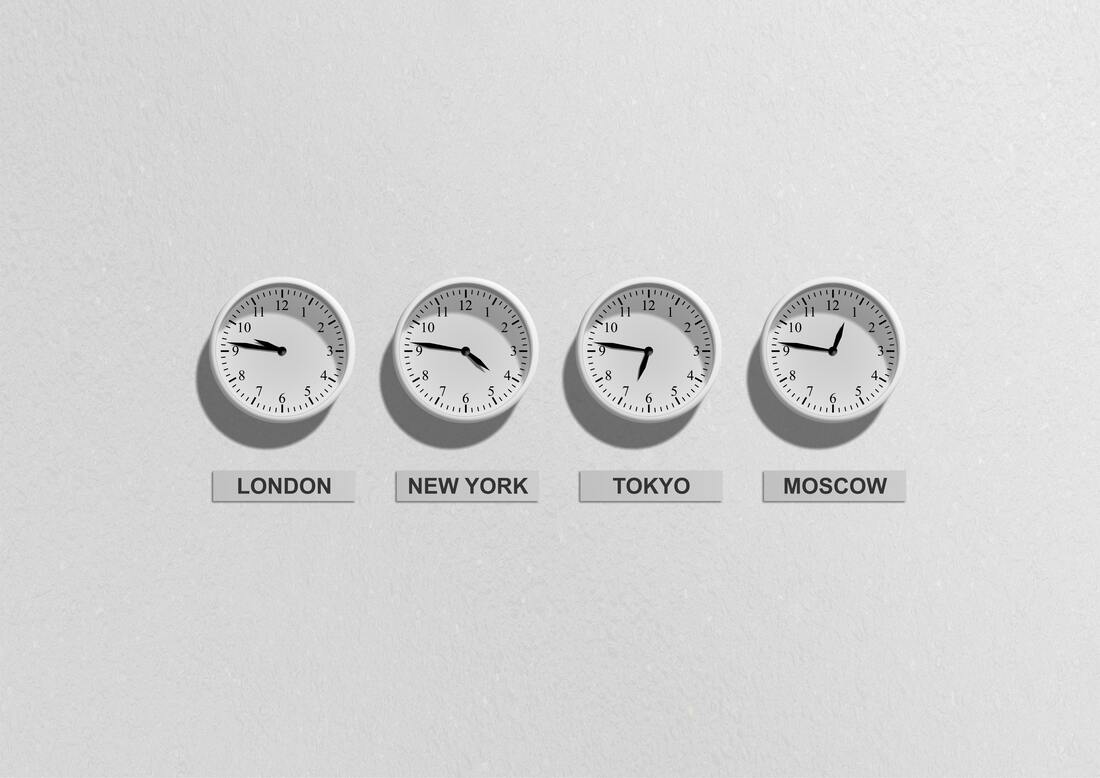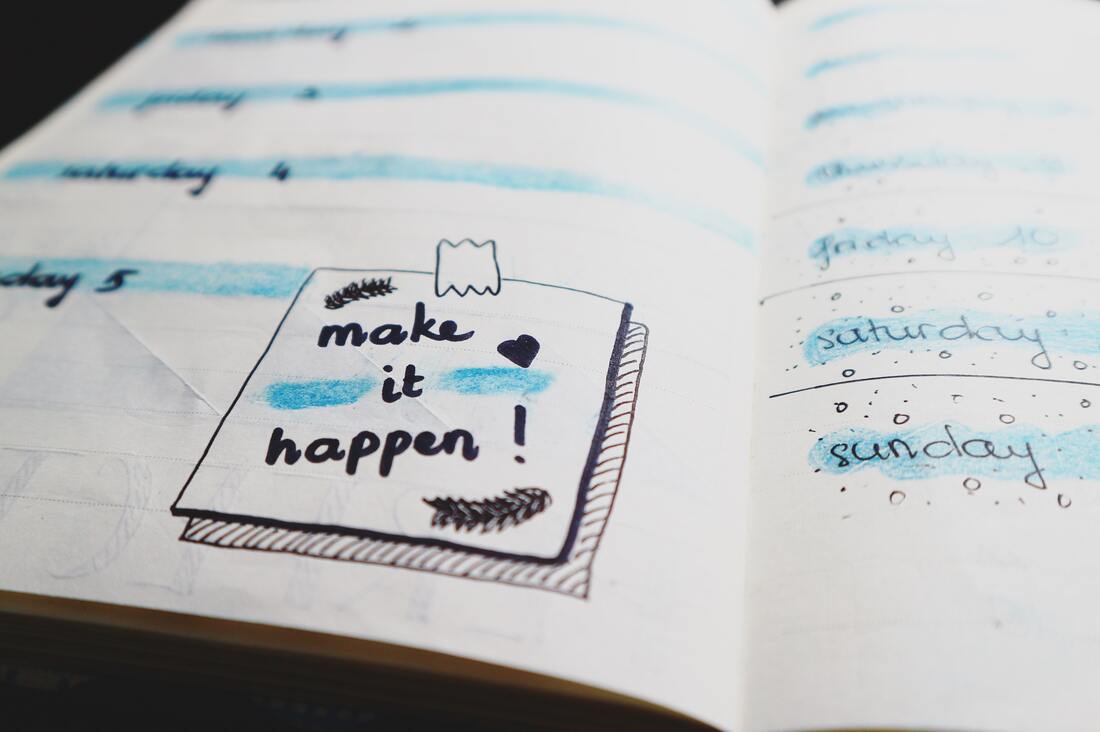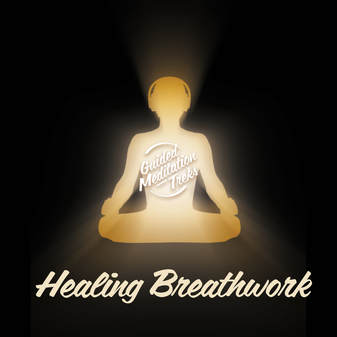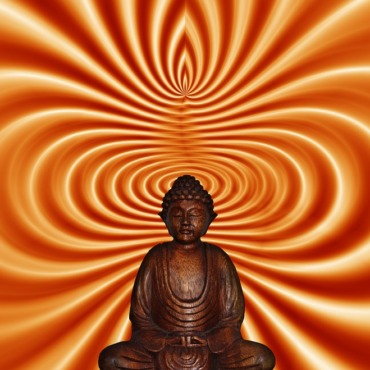1) The Health Benefits are Real
Recent research suggests that meditation could help people cope with pain, anxiety, depression, and substance abuse. There’s also some evidence that it can help keep cancer at bay and increase longevity. In fact, meditating for just six minutes a day may improve your health by reducing stress hormones and inflammatory biomarkers in your body.
Try mindfulness meditation (which focuses on breathing), or another form such as transcendental meditation (which has you silently repeat a mantra). If you don’t have time for formal practice, try simply taking a few deep breaths when you feel stressed out.
This might be all it takes to bring down your heart rate and blood pressure—and lower levels of cortisol, which is linked to weight gain around your middle. Explore more about meditation on SpiritualGrowthEvents.com.
2) There are Many Styles of Meditation
This can be done through body scans, walking meditations, or sitting meditations where you sit still and allow your mind to wander but come back each time it wanders from your object of focus. A mantra is a form of meditation practiced by Hindus, Buddhists, and Jains that involves repeating an intention or sound such as Om or Aum silently within one’s mind.
The word mantra literally means an instrument of thought. There are hundreds of mantras used for different purposes. In some traditions, you’re given a specific mantra at initiation into practice.
In other cases, practitioners choose their own mantras based on what they want to achieve with their practice. The most common reason people use meditation is stress reduction: Stress has become an epidemic in Western society with more than half of all Americans reporting high levels of stress at least once during their lives.
3) Taking Time to Meditate can be Hard at First
It becomes easier with time and practice, so stick with it! It will also help if you have a meditation buddy who is going through what you are going through – set aside time at least once every week or two to meet and try meditating together. Each person can support each other while they get used to things. It really helps.
Another thing that people don’t realize is that you need to keep it up. This isn’t something you do once, and then never again. It’s a daily thing that you’ll need to meditate on every day, all your life – because there will always be stress in your life, and meditation will help you deal with it better than if you didn’t meditate at all.
4) To Get Started, Make a Plan
And feeling good is one of meditation’s many benefits. It also makes sense to set aside a special place for meditation: Whether that’s in your bedroom or on your favorite bench at work, having a spot reserved just for meditating can help you get into a regular routine. Plus, it’s easier to stick with something when it doesn’t take extra effort.
If you don’t want to sit still during meditation, find an activity that involves moving slowly and deliberately. The slower pace can bring focus and clarity while helping you relax at the same time. Whatever practice works best for you, remember:
Be patient with yourself as you learn what works best for your body and mind. There are so many ways to benefit from mindfulness techniques—but they won’t happen overnight. Take some time to figure out what resonates most with your lifestyle; then keep building on it little by little each day until it becomes part of who you are.
5) Remember it’s an Important Habit to Keep up
But if you make time for it every day, you’ll be much more likely to keep up with your routine. And that consistency is what matters most when it comes to reaping health benefits from meditation. Just remember: slow and steady wins the race.
Thanks to Techvengers for this sponsored post



